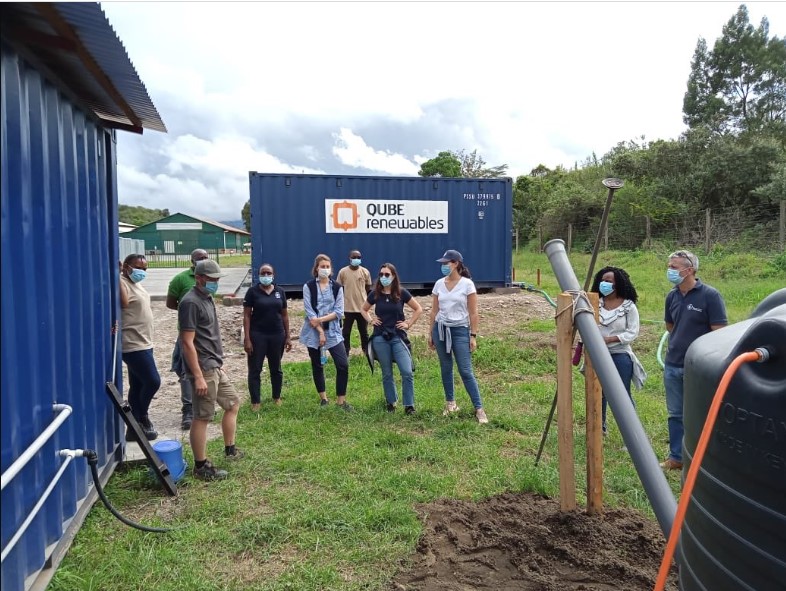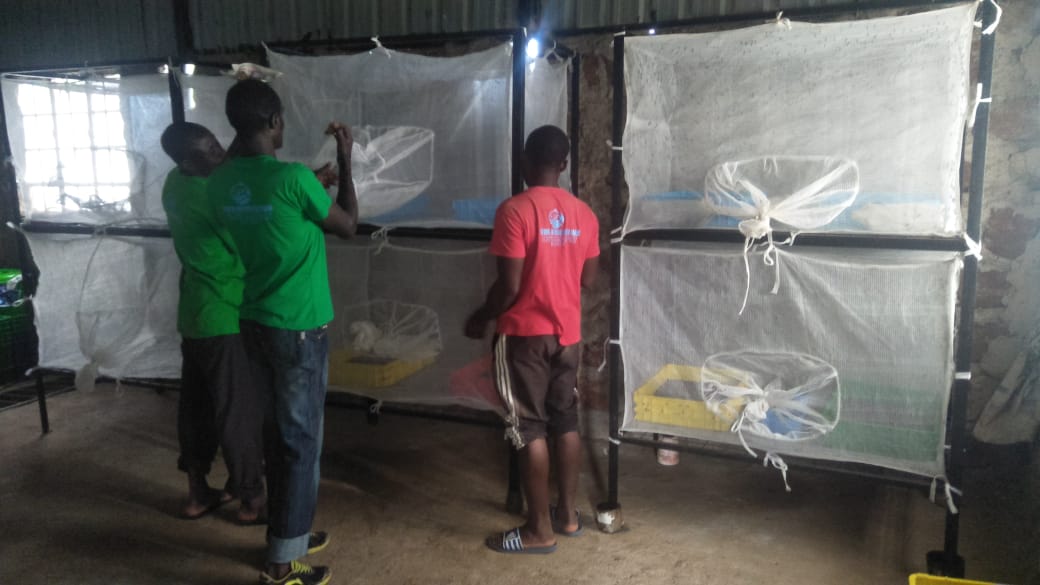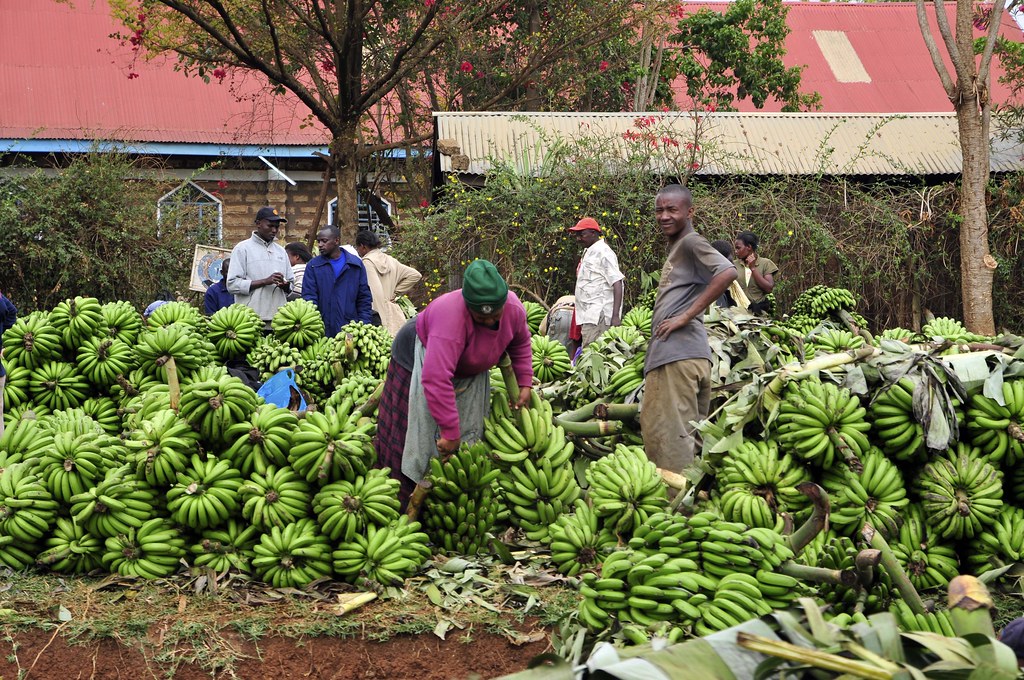
By George Munene
Nakuru’s Oserian Flower Farm is working with QUBE Renewables Ltd. a British manufacturer of small-scale anaerobic digesters, that use bacteria to break down organic matter to generate biogas with zero greenhouse gas emissions that can be used for cooking and generating electricity.
Oserian, one of the largest Kenyan producers and exporters of flowers, discards up to 1,825 tonnes of waste each year which is either dumped in landfills or composted.
The newly installed system at the farm is made up of 10 containers with each acting as an individual digester, 10 batch reactors, a control room, a laboratory, and a workshop. Each reactor can accommodate up to three tonnes of flower waste.
The biogas from the containers is converted into electricity and used to power the farm's packhouses. The other gas is compressed into cylinders and used in Oserian kitchens to prepare meals for workers. Traditionally the kitchens relied on firewood.
Related News: JKUAT graduate turns coconut husks to high-grade planting material
Related News: Isinya farm introduces innovative solar panel farming to E. Africa
"The flower waste at Oserian is often turned into compost. All the greenhouse gases that are produced during the process are released into the atmosphere and that is what anaerobic digestion tries to tackle. The innovation is thought of as a huge factory-scale project but we try to package it down into something small and neat so that it fits into a shipping container and can be put down anywhere in the world," said Jo Clayton the Co-founder and Director of QUBE renewables.
The innovation comes at a time when the Kenyan flower industry is grappling with exorbitant energy prices that account for up to 40 percent of all production costs. Farms rely on energy to power greenhouses and operate cold rooms among other needs. The cost of electricity has risen 15.7 per cent and the fuel bill by 15 per cent in the past month following the removal of government fuel subsidies. This, coupled with incessant power blackouts has led to huge losses for the farms informing their quest for cheaper and reliable alternatives.

As Beatrice Wachira, the site manager notes: "We are not only providing biogas for cooking purposes. Our main aim is to provide clean energy that can power entire operations at Oserian."
The new biogas technology is timely with the potential for scaling coming at a time when up to 90 percent of the Kenyan rural population continue to rely on wood fuel and kerosene to meet their energy needs exposing them and the environment to harmful effects.
Related News: Embu farmers slash energy costs by 40% with coffee husk briquettes
At the same time, agricultural waste remains one of the most abundant biomass resources in the country. It is discarded by burning or being left to rot further harming the environment. And while biogas energy has previously been promoted and embraced, the adoption remains low due to the high cost of installing the production systems.
As the country seeks to address energy poverty and move to a just transition, low-cost clean technologies that tap into local solutions while addressing the waste menace could be the new energy game changer across households and industries.
"Dry digestion in sub-Saharan Africa has a huge potential to utilize agricultural wastes that are otherwise left to rot, which is a tremendous waste of a potential source of energy, given it can provide clean affordable biogas for cooking and local power generation," said Mark Clayton, the technical director at QUBE.





 By George Munene
By George Munene











